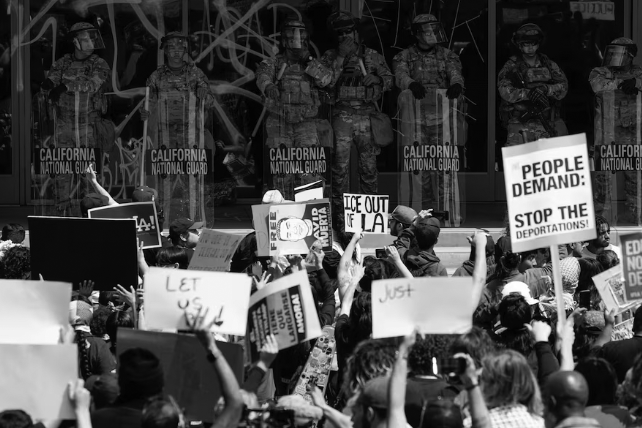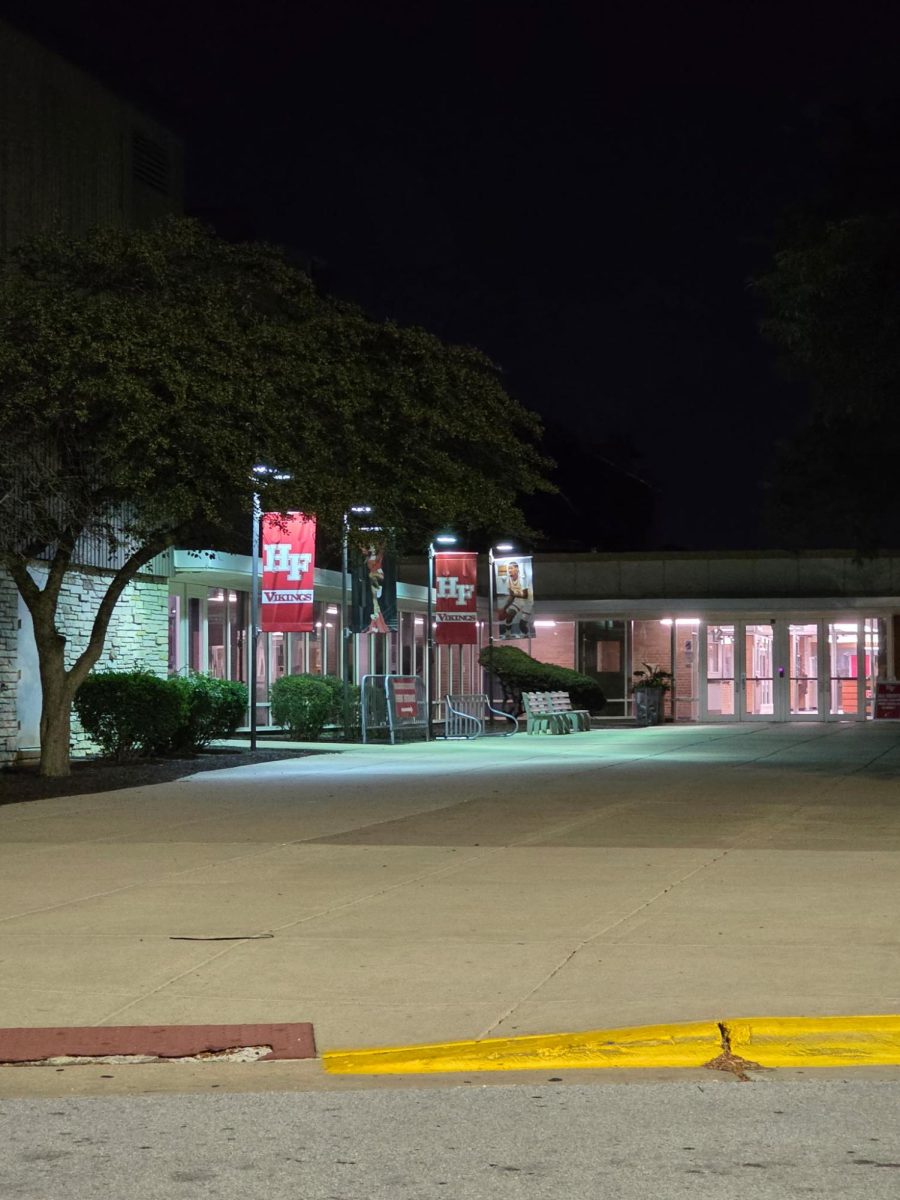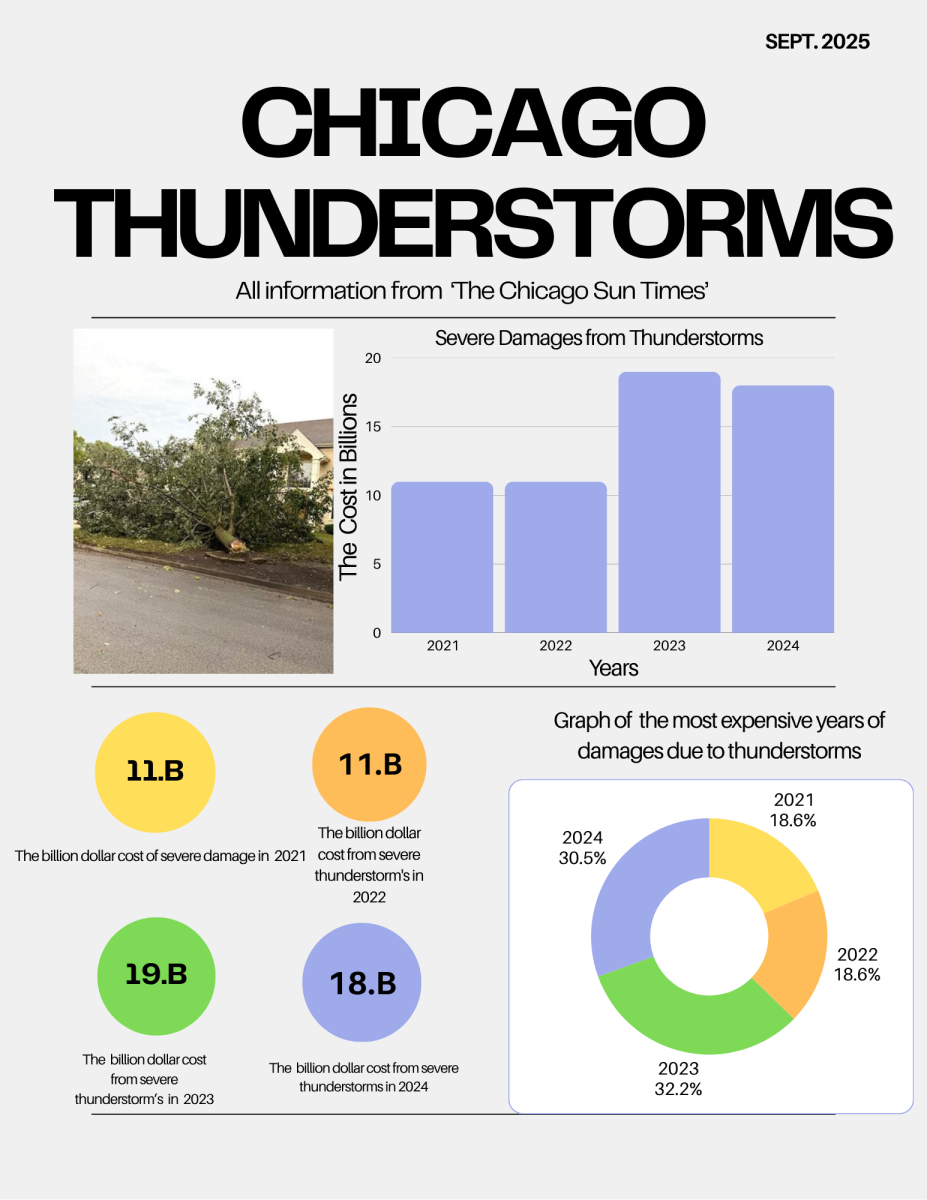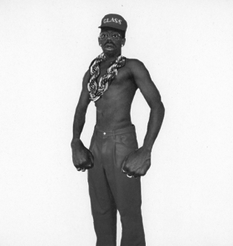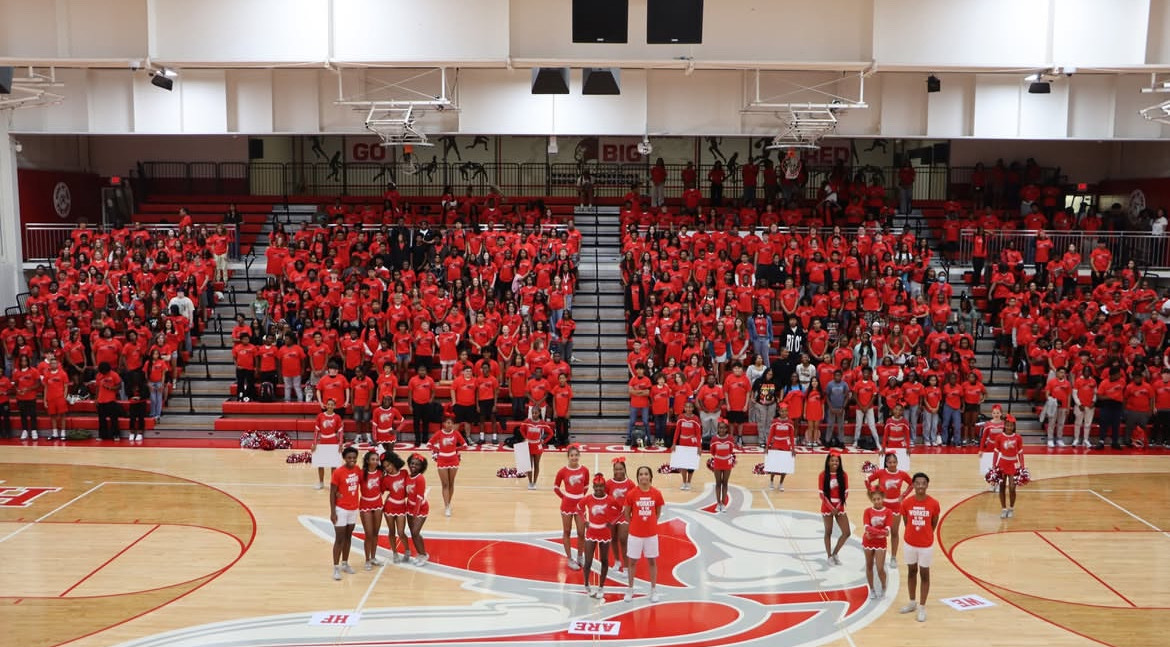How far would you go to protect your family? For thousands of protesters in Los Angeles, this answer was simple: they would block hotel entrances, march through the streets and risk the danger of the National Guard to protect those they love against the U.S. Immigration and Customs Enforcement (ICE).According to USA, the official U.S. government website, ICE is a federal law enforcement agency responsible for enforcing immigration and customs laws within the United States.
In June 2025, ICE recently conducted a series of raids across L.A., sparking mass protests ranging from peaceful assembly to violent congregations.
The spark that lit the protest can be traced to Washington as President Donald Trump issued Executive Order 14159, titled “Protecting the American People Against Invasion,” on Jan. 20.
The order expanded ICE’s authority to arrest and deport undocumented individuals, increased detention capacity and revoked previous immigration enforcement guidelines from former President Joe Biden’s administration.
From there, the protest began on June 6 when ICE first infiltrated the city. Alex Walsh, New York Times writer, reported, “Federal agents raided sites in the Fashion District, a clothing wholesaler and a Home Depot warehouse, detaining dozens.”
Protesters of all ages and areas quickly reacted by gathering outside federal buildings and detention centers, seeking to have their voices and concerns heard. The organization United We Dream described this as “a powerful coalition of L.A. residents mobilized to defend their neighbors.”
ABC News reported that crowds swelled around key federal locations in Downtown L.A., and by 7 p.m., the Metropolitan Detention Center was declared by the LAPD as an “unlawful assembly.”
The Legal Information Institute defines this as a “meeting together of three or more persons with the intent to disturb the public peace.”
Protesters grew violent, as CalMatters reports, some “ hurled chunks of broken concrete,” prompting the LAPD to use tear gas, pepper spray and flash-bang grenades to disperse the crowd. Law enforcement officials then cleared the area, guiding the people to leave.
But the people weren’t done. Activists then launched the campaign “No sleep for ICE.” According to Johana Bhuiyan, writer for The Guardian, the people stood outside hotel rooms “in hopes of pressuring the hotels to kick agents out.”
The campaigners had one clear goal: to be heard.
Things took a bigger turn when Trump called in 4,000 National Guard troops and federalized California guards without the state’s approval. The Trump administration framed it as a necessary step to protect federal agents and property during the protests.
This decision sparked significant tension between the Trump administration and California leaders.
As California Mayor Karen Bass announced, “The Trump Administration has caused unnecessary chaos and fear in our city and across the country. It’s not keeping anyone safe.”
She inspired L.A. residents to come together in these times of trouble, stand united for their freedoms that are being violated and “show the world what L.A. is really about.”
The unrest in L.A. sent shockwaves beyond the city, sparking nationwide conversations about immigration, enforcement and community resistance.
As similar movements erupted in cities like New York, Boston and Chicago, it became clear that this was not just a local issue but a national debate.
This debate is furthered by the controversial move made on Sept. 8 by the Supreme Court in a case known as Vasquez Perdomo v. Noem.
Which temporarily overturned the order which banned federal agents from using factors such as, “race, ethnicity, accent or presence at day laborer sites” stated Civil Rights Litigation.
The American Information Council detailed the effects of the ruling. They wrote, “This gives immigration agents a green light to once again stop anyone they guess to be here illegally—even if a central reason for the stop was race.”
This is a debate that affects many lives at the center. For those families wondering when they will ever see their loved ones again, the question of “how far would you go to protect those you love?” is far from hypothetical, but the reality they are being called to answer.


